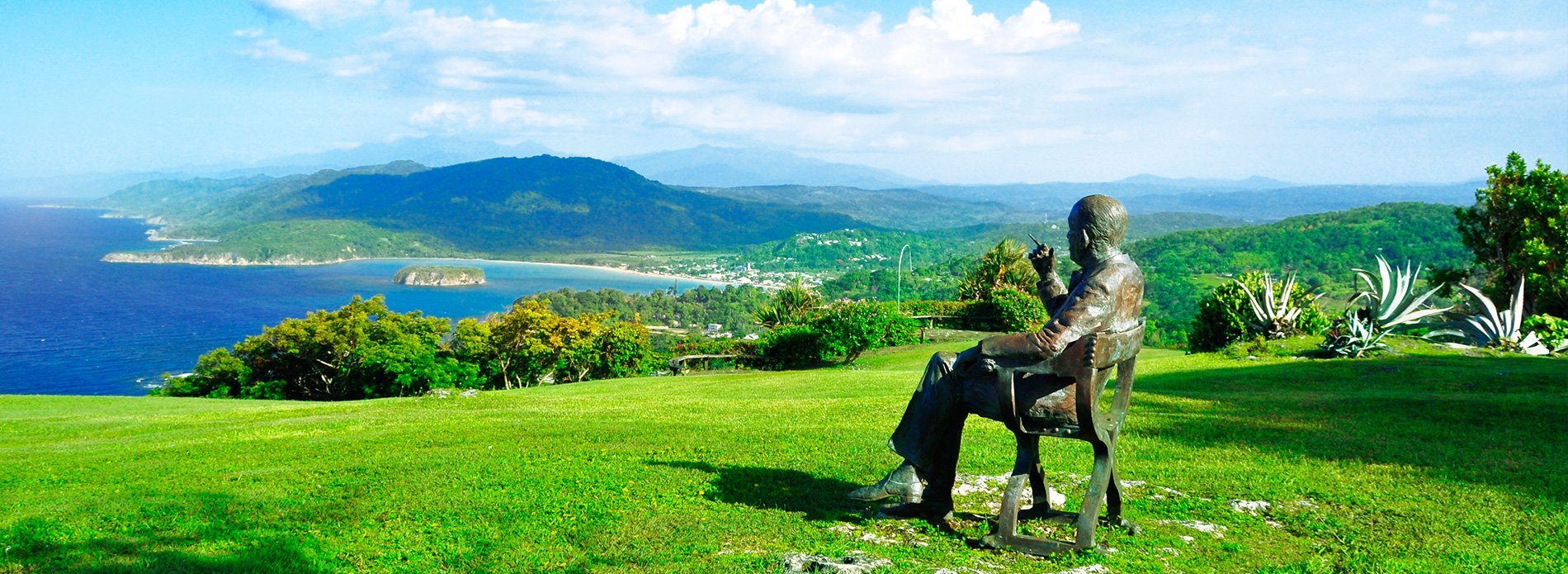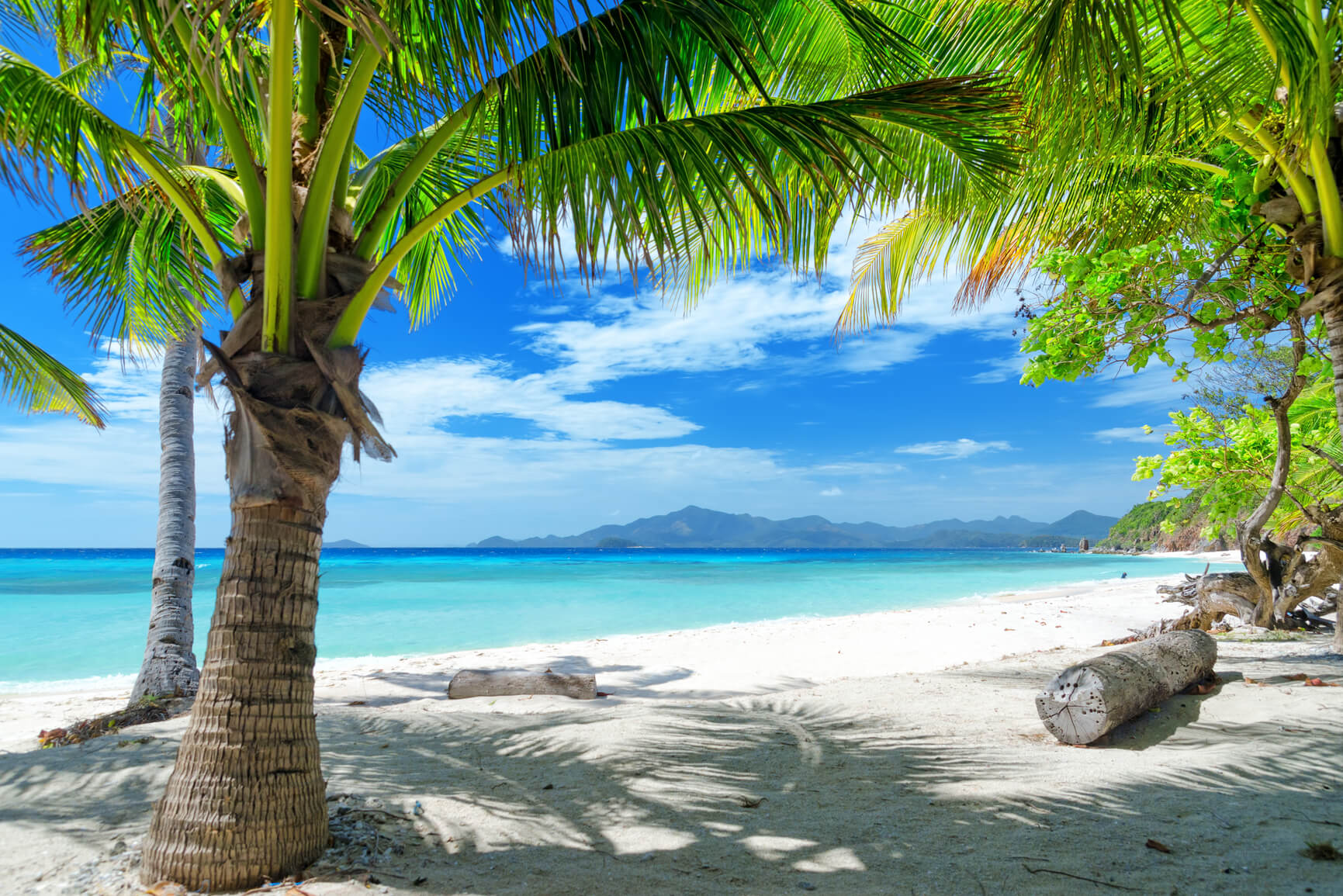Escape for the Weekend
Explore our collection of weekend





Jamaica
Jamaica is an island country situated in the Caribbean Sea, consisting of the third-largest island of the Greater Antilles.
Individual Booking Try It FreeJamaica
Jamaica is an island country situated in the Caribbean Sea, consisting of the third-largest island of the Greater Antilles. The island, 10,990 square kilometres (4,240 sq mi) in area, lies about 145 kilometres (90 mi) south of Cuba, and 191 kilometres (119 mi) west of Hispaniola (the island containing the countries of Haiti and the Dominican Republic). Jamaica is the fourth-largest island country in the Caribbean, by area.
Inhabited by the indigenous Arawak and Taíno peoples, the island came under Spanish rule following the arrival of Christopher Columbus in 1494. Many of the indigenous people died of disease, and the Spanish transplanted African slaves to Jamaica as labourers. Named Santiago, the island remained a possession of Spain until 1655, when England (later Great Britain) conquered it and renamed it Jamaica. Under British colonial rule Jamaica became a leading sugar exporter, with its plantation economy highly dependent on slaves forcibly transported from Africa. The British fully emancipated all slaves in 1838, and many freedmen chose to have subsistence farms rather than to work on plantations. Beginning in the 1840s, the British utilized Chinese and Indian indentured labour to work on plantations. The island achieved independence from the United Kingdom on 6 August 1962.
With 2.9 million people,Jamaica is the third-most populous Anglophone country in the Americas (after the United States and Canada), and the fourth-most populous country in the Caribbean. Kingston is the country's capital and largest city, with a population of 937,700. Jamaicans predominately have African ancestry, with significant European, Chinese, Indian, and mixed-race minorities. Due to a high rate of emigration for work since the 1960s, Jamaica has a large diaspora around the world, particularly in Canada, the United Kingdom, and the United States.
Jamaica is a Commonwealth realm, with Queen Elizabeth II as its monarch and head of state. Her appointed representative in the country is the Governor-General of Jamaica, an office held by Sir Patrick Allen since 2009. Andrew Holness has served as the head of government and Prime Minister of Jamaica from March 2016. Jamaica is a parliamentary constitutional monarchy with legislative power vested in the bicameral Parliament of Jamaica, consisting of an appointed Senate and a directly elected House of Representatives.
There are three international airports in Jamaica with modern terminals, long runways, and the navigational equipment required to accommodate the large jet aircraftused in modern and air travel: Norman Manley International Airport in Kingston; Ian Fleming International Airport in Boscobel, Saint Mary Parish; and the island's largest and busiest airport, Sir Donald Sangster International Airport in the resort city of Montego Bay. Manley and Sangster International airports are home to the country's national airline, Air Jamaica. In addition there are local commuter airports at Tinson Pen (Kingston), Port Antonio, and Negril, which cater to internal flights only. Many other small, rural centres are served by private fields on sugar estates or bauxite mines.
Jamaica is not known as a world-class scuba diving destination like Cozumel, Grand Cayman or The Bahamas, but that does not mean visitors cannot enjoy underwater exploration. Eels, stingrays and schools of tropical fish can be found in Jamaica's Caribbean waters, as well as the occasional turtle or shark. Plus, the many shallow dives make Jamaica a great place to learn to scuba dive.
Visitors to bustling Montego Bay will find several beginner-level dives, including “The Canyons,” an easy 40-foot dive to a reef wall with plenty of swim-throughs. The “Little Drop Off” is another top choice for newcomers because the depth changes, giving them the opportunity to practice buoyancy.
Scuba divers should be aware that the coral reefs are not nearly as vibrant in Jamaica's waters, and many have been over-fished – leaving little marine life behind in some parts if the island. Sharks are not uncommon, but they aren’t a guarantee. Most of the aquatic life consists of smaller schools of colorful fish (versus large marine life).
 A swim-through off the coast of Montego Bay — Photo courtesy of Amber Nolan
A swim-through off the coast of Montego Bay — Photo courtesy of Amber Nolan
There are exceptions, such as the “Colosseum” dive site (discovered by Dressel Divers and named because the reef looks like an amphitheater), where larger, oceanic triggerfish are spotted on nearly every dive, along with hawksbill turtles and schools of barracudas. This site is better suited for intermediate divers, since it reaches a depth of 100 feet.
Another daring dive in Montego Bay is "Widowmakers Cave," which begins at 80 feet before divers make their way back up the 10–foot–wide chimney. This dive is also part of the Montego Bay Marine Park.
As a popular cruise port, Ocho Rios also sees many divers (but there are dive sites all over the island), and scuba diving makes a perfect way to spend time while the ship is docked. Garfield Diving is a reputable option for those seeking an operator in this area.
A few interesting dives here include the "North Wall" (80 to 100 feet in depth); "Barracuda Reef" (60 to 100 feet), with trenches and caverns; and "Kathryn Reef" (50 feet), where a 140-foot WWII minesweeper rests on the bottom.
One thing to keep in mind – particularly for cruise passengers with a short time in port – is that you should set up a dive and have a confirmation ready before you arrive. Depending on the time of year, you might be the only one diving, so don't expect that there will be a group going out that you can join after arrival.
Make sure you know how to get to the dive shop, line up transportation beforehand and allow extra time to get back to the ship.
